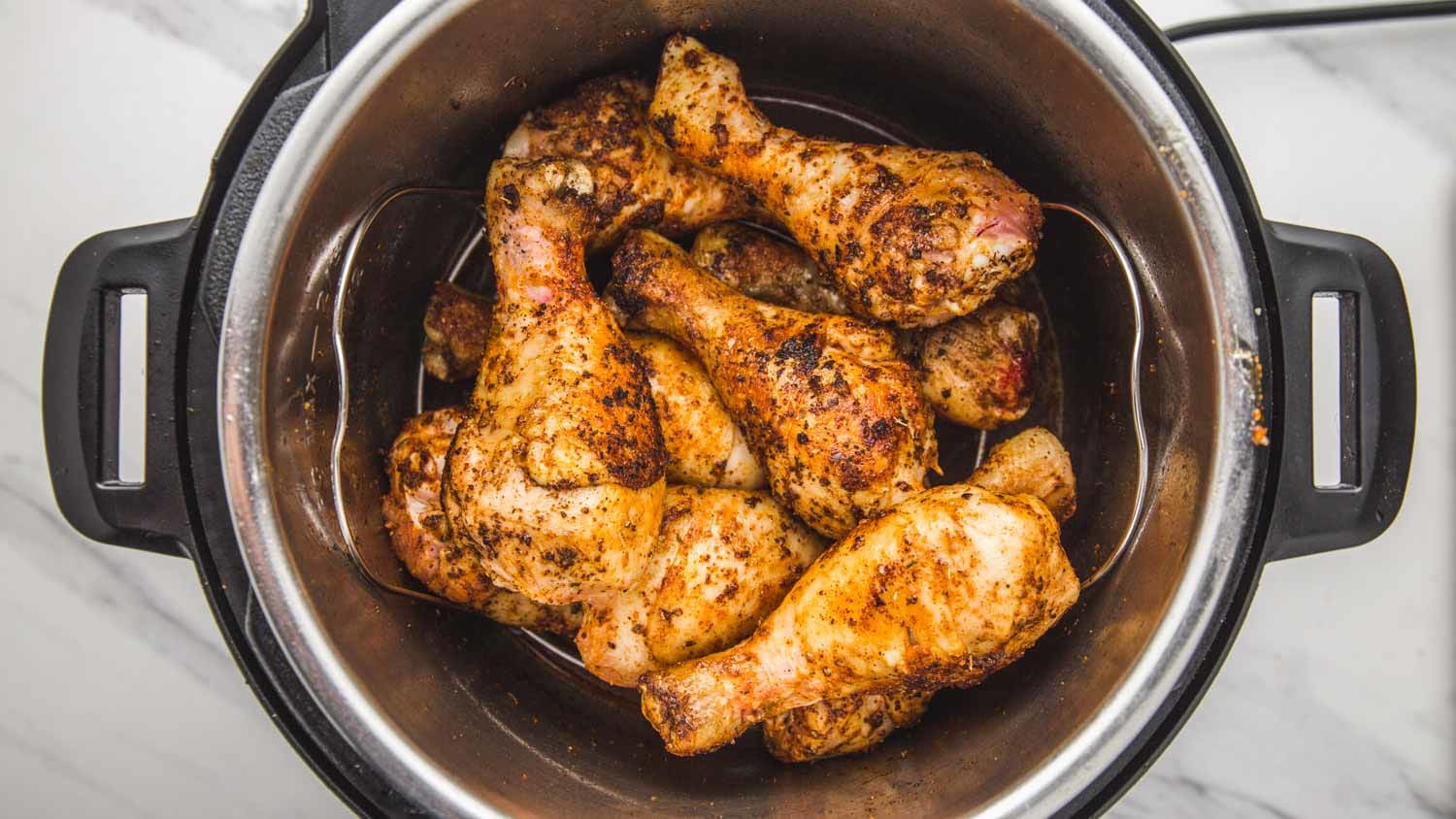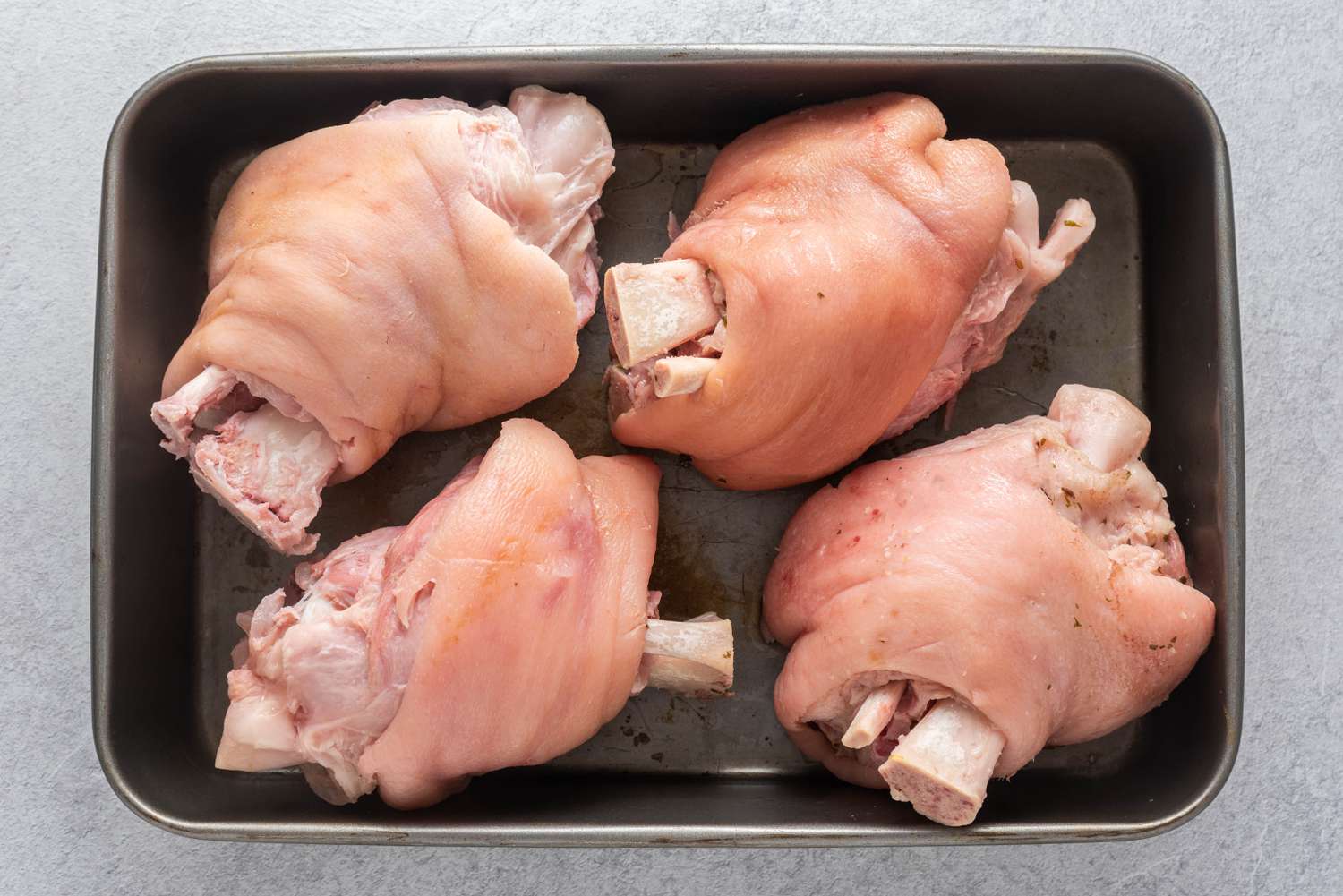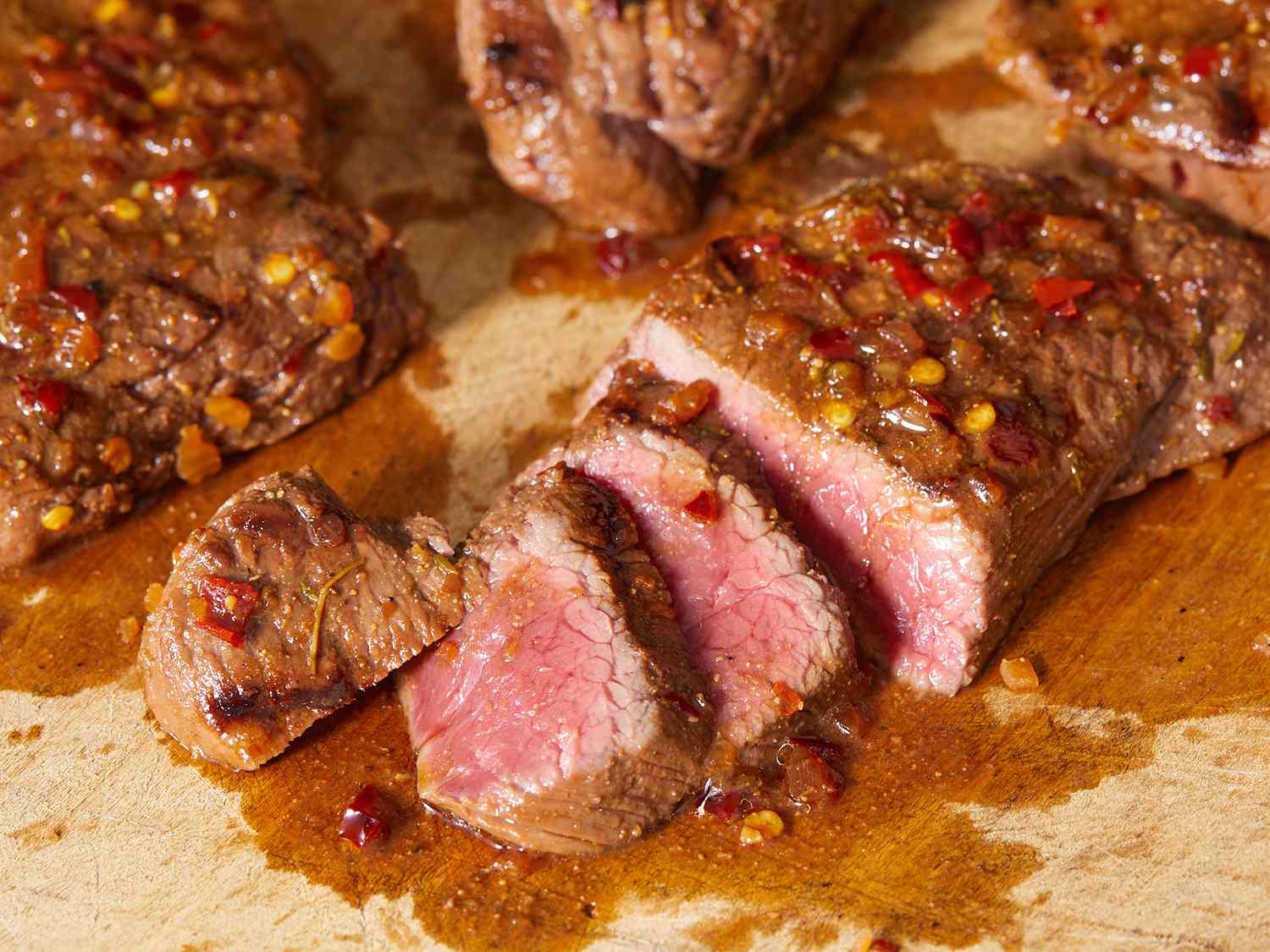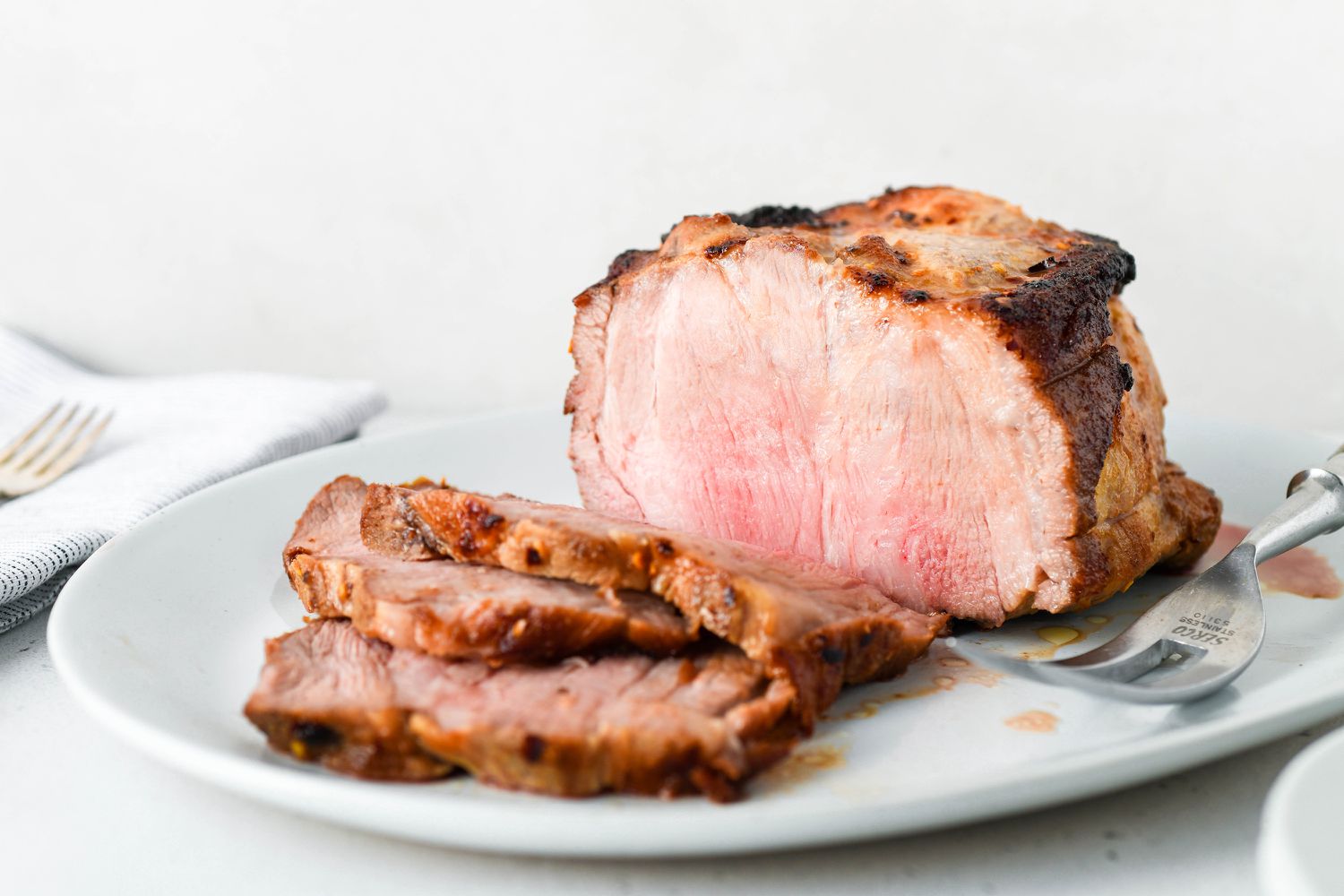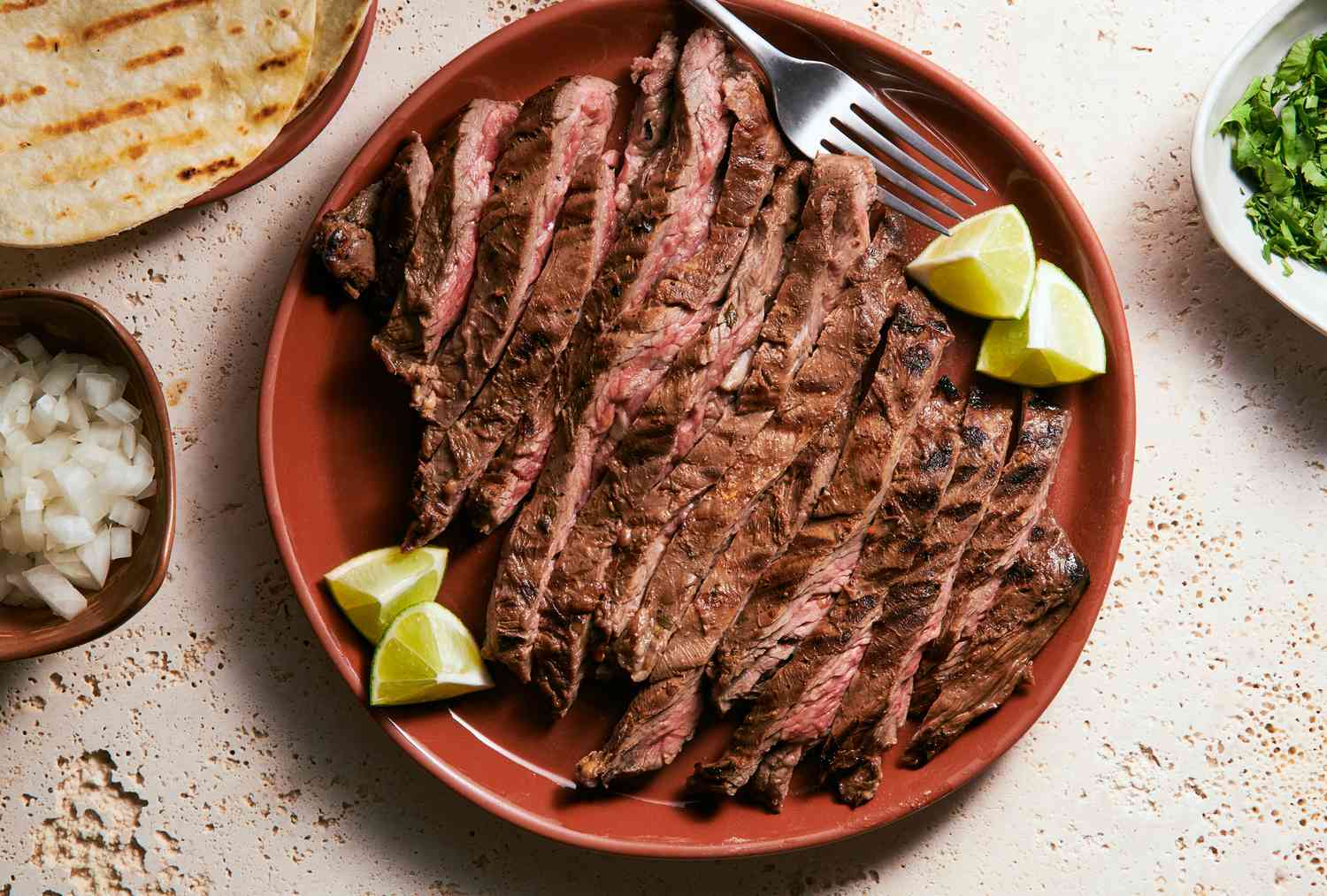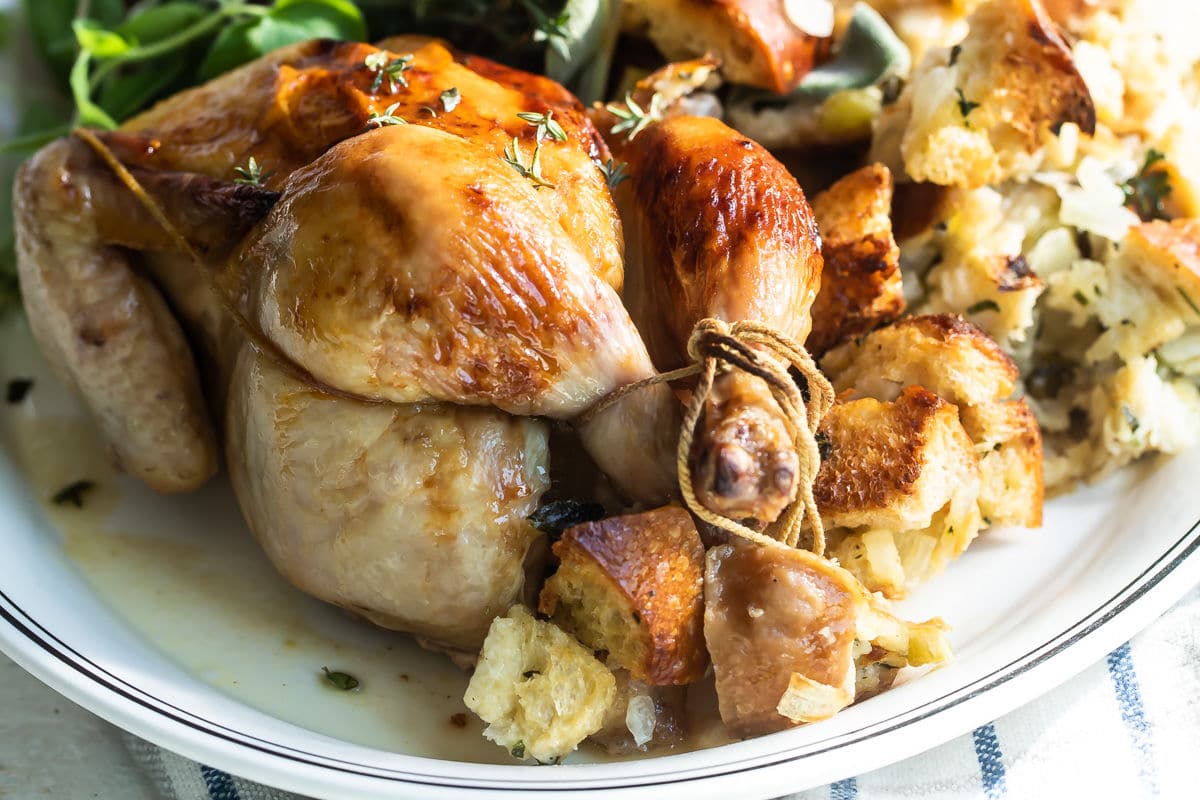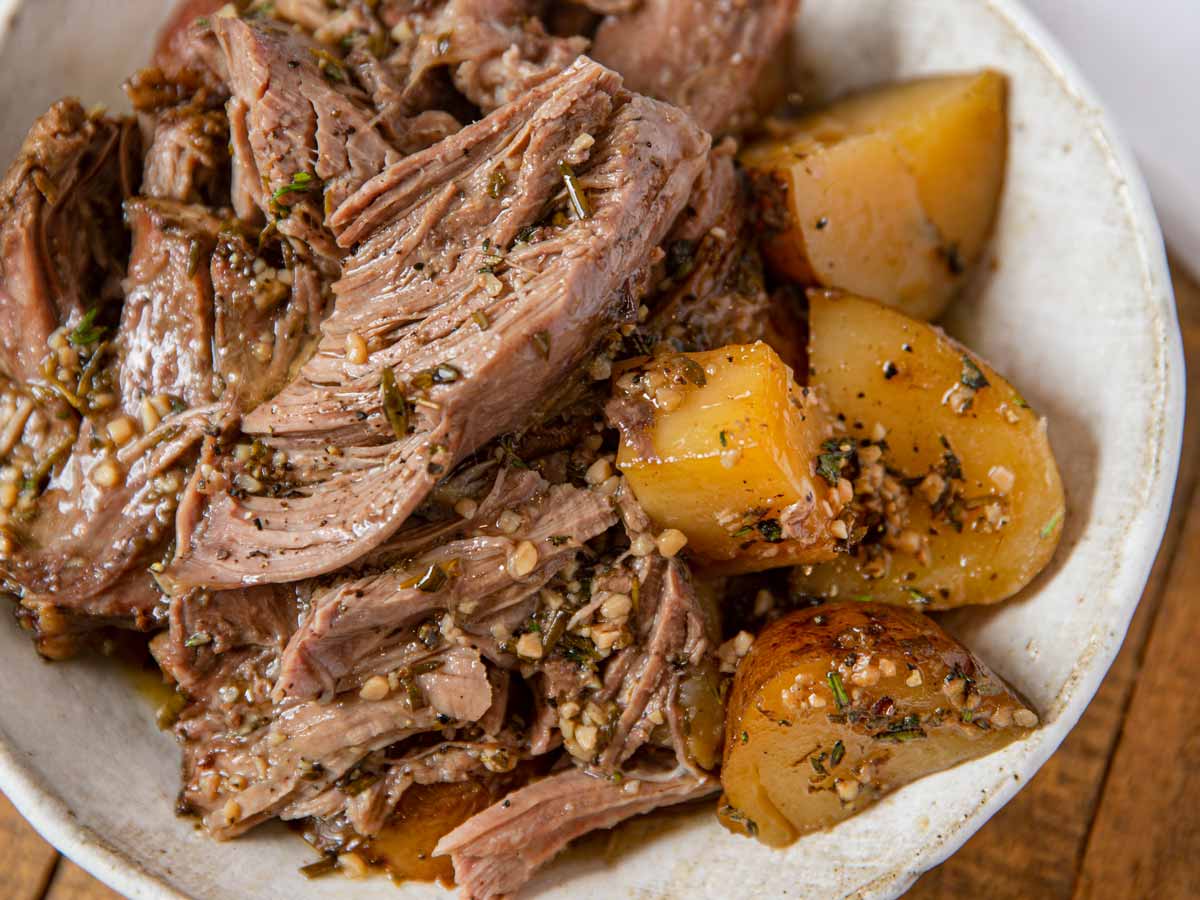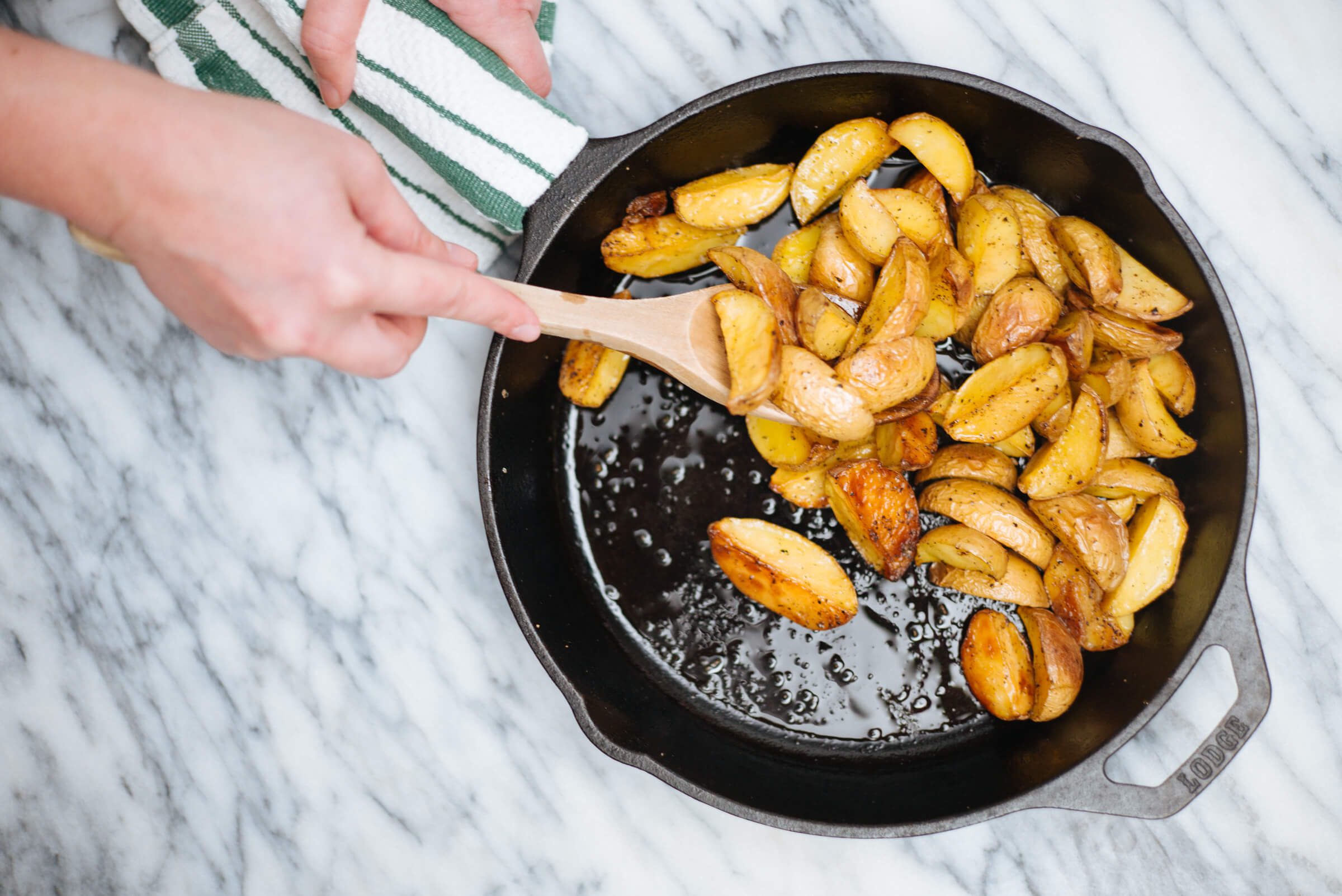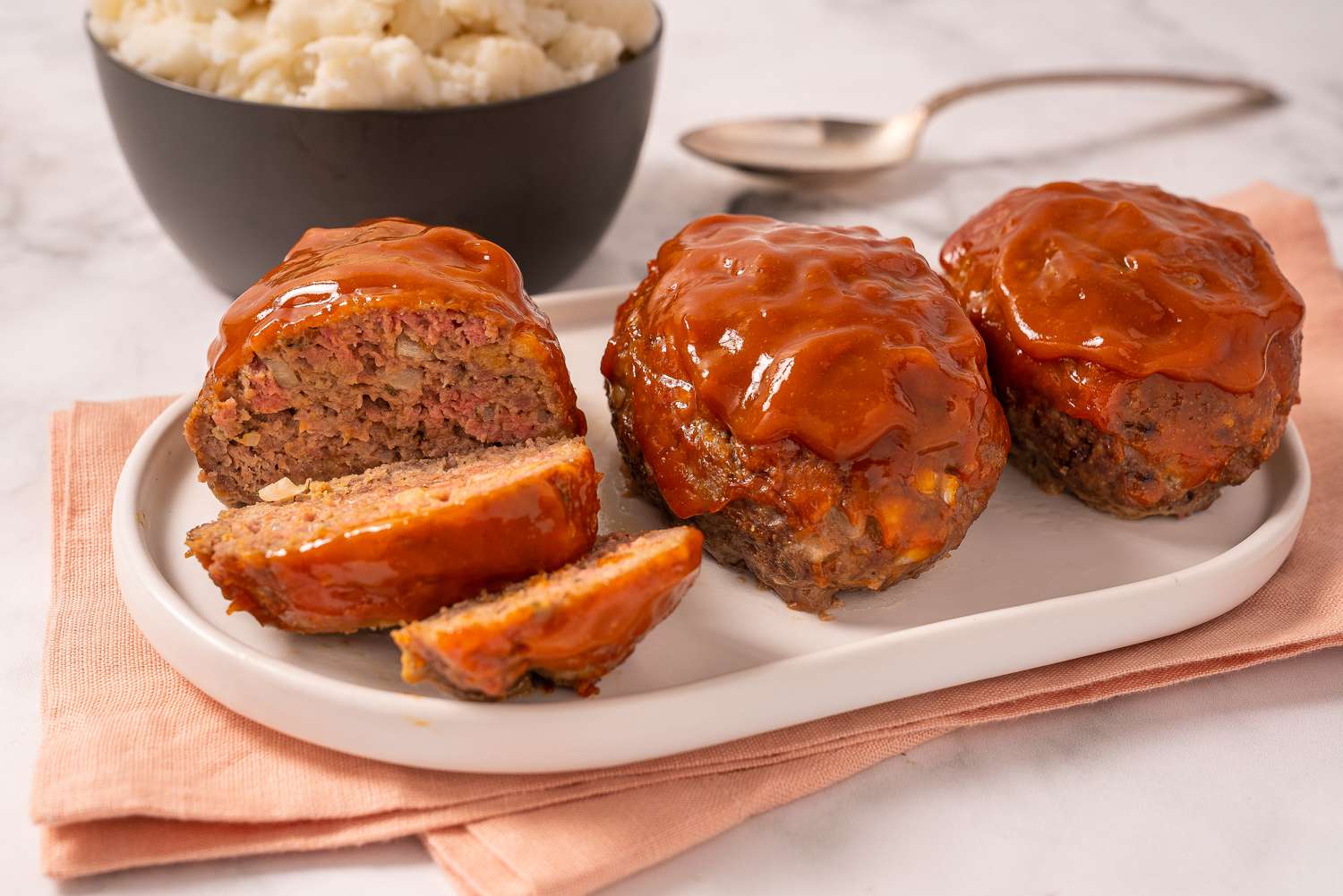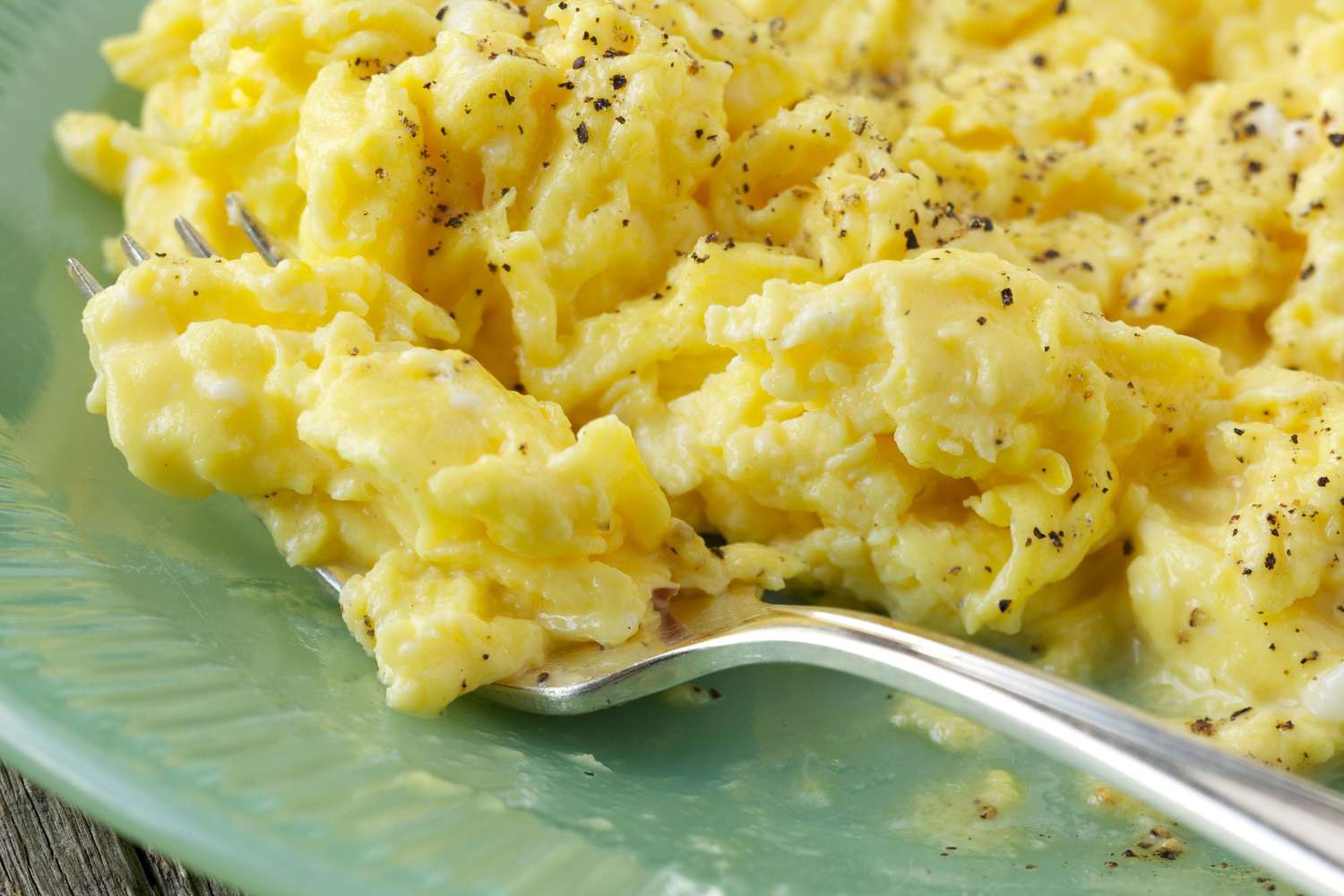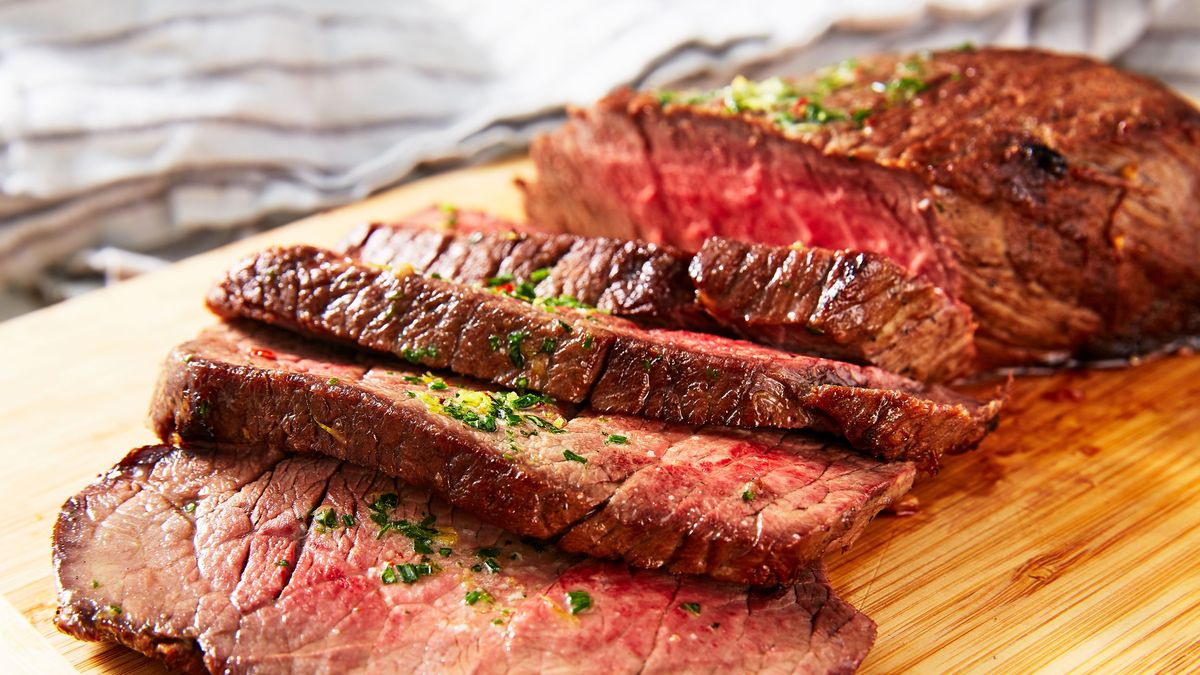Discover the Deliciousness of Cooking Black-Eyed Peas
Growing up, many of us have fond memories of enjoying a comforting bowl of black-eyed peas. These small, cream-colored legumes are not only tasty but also packed with nutrients. Whether you’re a seasoned chef or a beginner in the kitchen, cooking black-eyed peas is a simple and satisfying process. In this guide, we’ll walk you through the steps to create a delicious and nutritious dish that will delight your taste buds.
Step 1: Selecting the Perfect Black-Eyed Peas
Before you start cooking, it’s essential to choose high-quality black-eyed peas. Look for peas that are firm, uniform in size, and have a vibrant color. Avoid any peas that appear discolored or shriveled, as they may be old or of lower quality. It’s also a good idea to rinse the peas thoroughly before cooking to remove any dirt or debris.
Step 2: Soak or Not to Soak?
While it’s not necessary to soak black-eyed peas before cooking, it can help to reduce the cooking time. If you prefer a shorter cooking time, you can soak your peas overnight. Simply place them in a bowl of water and let them sit for 8-12 hours. If you’re short on time, you can skip this step and proceed to cooking the peas directly.
Step 3: Cooking Methods
There are several methods you can choose from when it comes to cooking black-eyed peas:
- Stovetop: This is the most common method of cooking black-eyed peas. In a large pot, add your soaked or unsoaked peas, enough water to cover them, and any seasonings of your choice. Bring the water to a boil, then reduce the heat and let the peas simmer until they are tender, usually around 45 minutes to an hour.
- Slow Cooker: If you have a busy schedule, using a slow cooker can be a convenient option. Simply add your peas, water, and seasonings to the slow cooker, and cook on low for 6-8 hours or on high for 3-4 hours. This method allows the flavors to develop slowly, resulting in a rich and delicious dish.
- Pressure Cooker: Using a pressure cooker can significantly reduce the cooking time of black-eyed peas. Add your peas, water, and seasonings to the pressure cooker, seal the lid, and cook for around 20-25 minutes. Be sure to follow the manufacturer’s instructions for your specific pressure cooker model.
Step 4: Flavoring Your Black-Eyed Peas
Black-eyed peas have a mild, earthy flavor that pairs well with a variety of seasonings and ingredients. Here are some ideas to elevate the taste of your dish:
- Onions and Garlic: Sautéing chopped onions and minced garlic in a bit of oil before adding your peas can add a depth of flavor.
- Smoke and Spice: Consider adding smoked ham hocks, bacon, or smoked turkey to infuse your black-eyed peas with a smoky taste. For a bit of heat, add some diced jalapeños or crushed red pepper flakes.
- Herbs and Spices: Experiment with various herbs and spices such as thyme, bay leaves, cumin, paprika, or even a dash of hot sauce to create a unique and flavorful dish.
Step 5: Serving Suggestions
Once your black-eyed peas are cooked to perfection, it’s time to enjoy them! Here are some serving suggestions:
- Classic Southern Style: Serve your black-eyed peas alongside steamed rice, collard greens, or cornbread for a traditional Southern meal.
- Black-Eyed Pea Salad: Let your cooked peas cool, then toss them with fresh veggies, like cherry tomatoes, cucumbers, and bell peppers, drizzle with a tangy vinaigrette, and enjoy a refreshing salad.
- Black-Eyed Pea Soup: Blend your cooked peas with vegetable broth, spices, and your favorite vegetables to create a hearty and nutritious soup.
However you choose to serve your black-eyed peas, they are sure to be a hit at any gathering or as a comforting meal for yourself.
Now that you have the steps to cook black-eyed peas, it’s time to get creative in the kitchen. Embrace the versatility of these legumes and experiment with different flavors and cooking techniques. Whether you enjoy them as a side dish, salad, or main course, black-eyed peas will bring a delicious and nutritious touch to your meals. So grab a pot, gather your ingredients, and enjoy the delightful journey of cooking black-eyed peas!
Was this page helpful?
Read Next: How To Cook Mini Sweet Peppers
